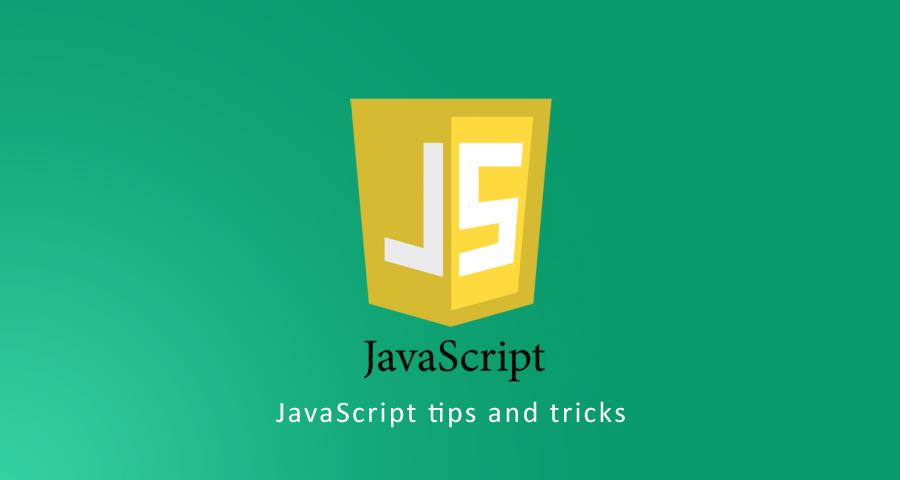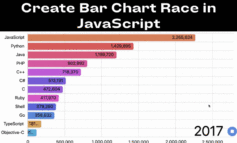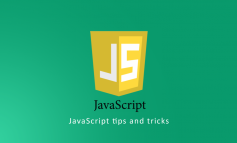- Minify your code
Minifying your code makes it smaller in size which increases the website’s loading speed, which increases the ranking of the website in search engine and so on. There are many tools, even online ones, which allow you to minify JavaScript. Minification itself refers to modifying the code from a human-friendly version to a version that works but takes the least amount of physical space (such as reducing all newlines, extra whitespaces and so on).
A tool that you can try out to see minification in action is: https://jscompress.com/
- Obfuscate your code
If you are worried that someone will take advantage of your JavaScript logic or try to copy,paste and enhance it you can obfuscate your JavaScript logic. This will make it a little bit harder for someone to understand the logic behind your application. Obfuscation typically makes the logic harder to understand by renaming variables to random characters, performing different types of encodings and decodings to mask the source and so on.
- Avoid polluting the global scope by anonymous functions
In the previous part of the article, we have talked about how you may prevent polluting the global scope by using objects or classes. You can also wrap your logic within anonymous functions which are immediately called to leave the entire global scope intact. Here is a simple example of how you may achieve that:
// An anonymous function
(function () {
var myVariable= 1;
// myVariable is defined within a local scope and does not pollute the window object
console.log(window.myVariable);
// undefined
console.log(myVariable);
// 1
})();
// Called immediately
You can use such immediately invoked functions in all kinds of cases when you want to create a new scope. You will still be able to use the variables defined in the parent scope but would create an entirely new scope to define new variables in the anonymous immediately invoked function. You can also use immediately invoked functions with the ternary operator. For example, you may want to execute some particular piece of logic if a condition is true and another piece of logic if it is not and also keep a separate scope for those pieces of logic. Below is an example of that usage:
divsShineRed ? (function() {
jQuery("div").css("background-color", "crimson");
})() : (function() {
jQuery("div").css("background-color", "darkgreen");
})();
- Converting to numbers using the + sign
You can convert variables and properties to numeric by prepending them with the + sign. Examples follow below of how this is achieved:
new Date() Tue Feb 14 2017 09:25:06 GMT+0200 (FLE Standard Time) +new Date() 1487057110424 +"42dqdq" NaN +"42" 42
- Caching loop elements
When looping, you may be doing something like this:
for (var i = 0; i < someArray.length;i++) {
//logic
}
It is actually better to store the length of the array in a variable and pass that variable to the loop in terms of speed as if you use the method above, the length has to retrieved anew for each iteration of the loop. Therefore, you should be striving for something like this:
var arrLength = someArray.length;
for (var i = 0; i < arrLength;i++) {
//logic
}
Please subscribe for more tips and tricks.




Leave a Reply